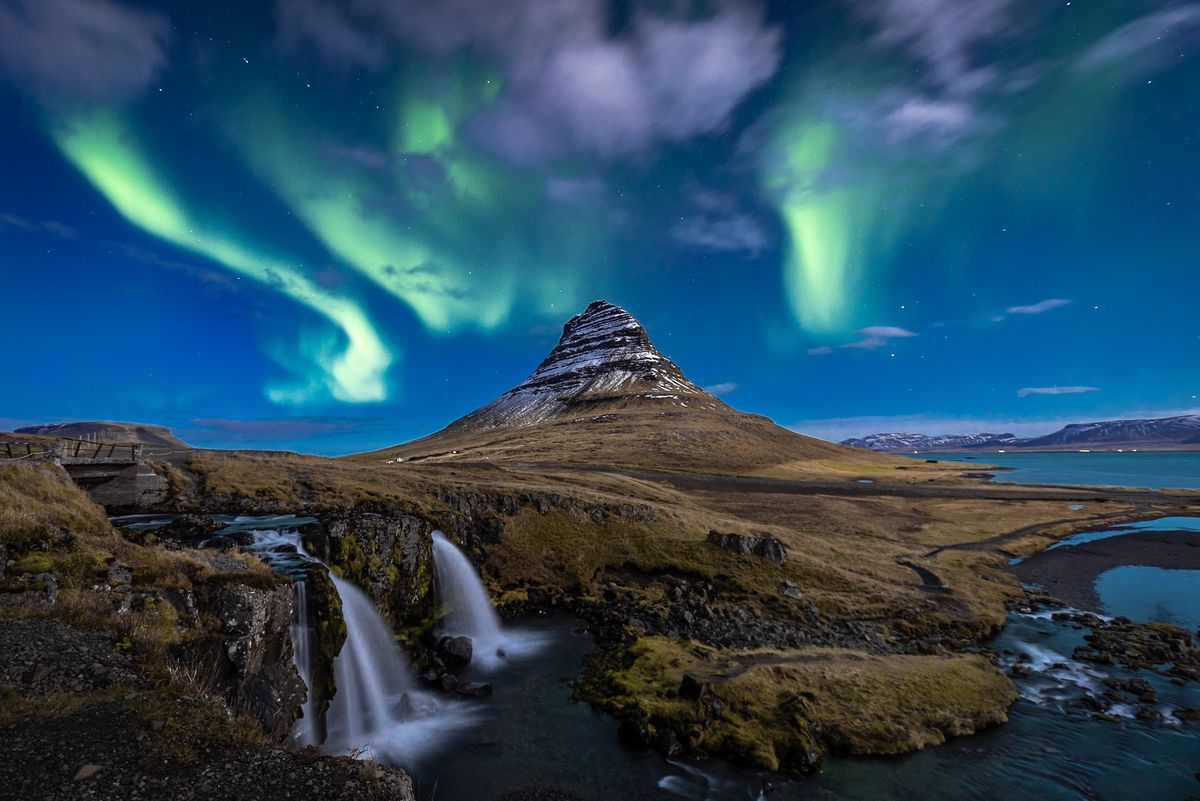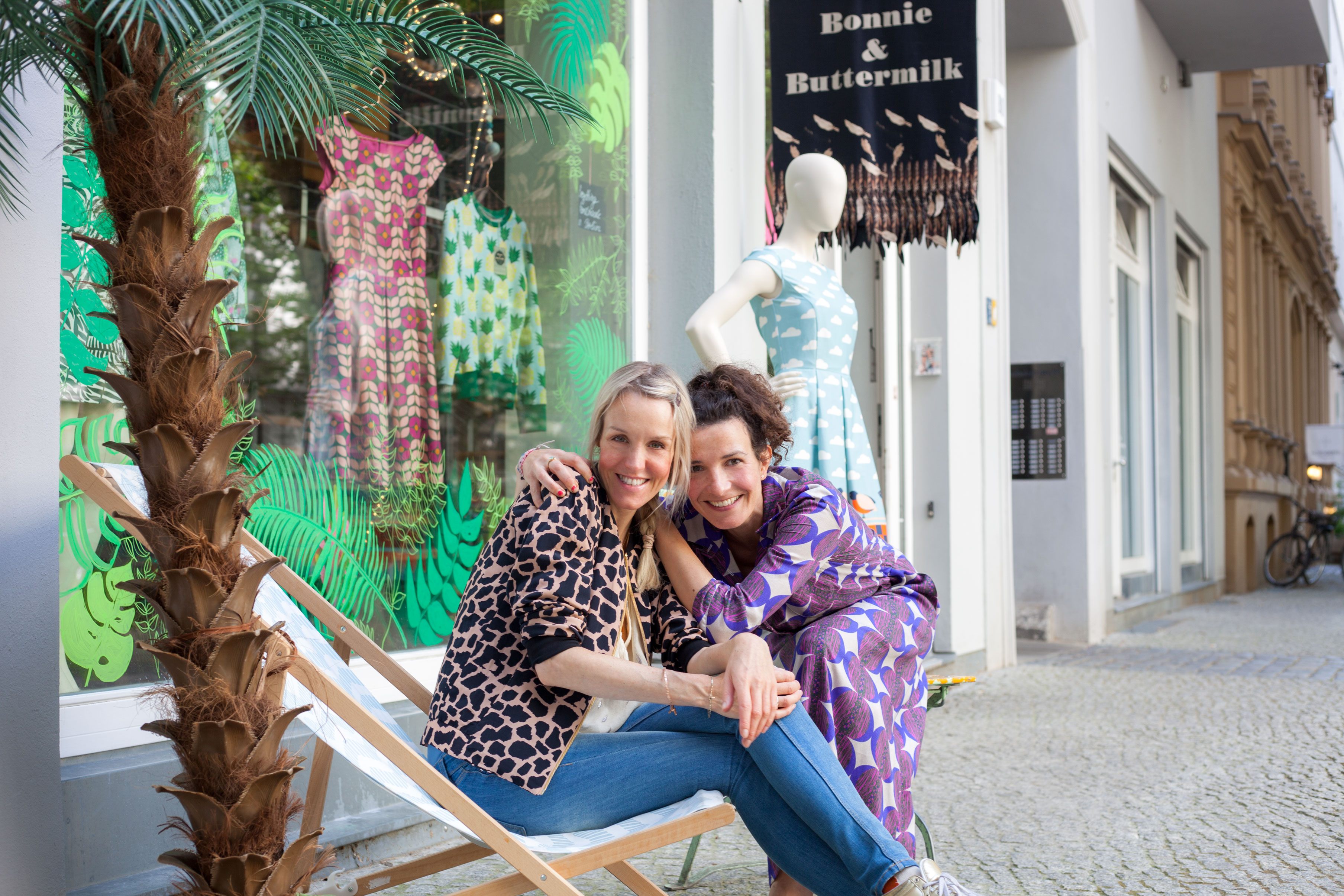
If your subject is short, you can use a wide-angle lens to make them look more mature. If your subject is tall, you can also use the wide-angle lens to make them look slimmer. This requires you to get to the model’s height to capture the most flattering angle. To use the 35mm lens for portraits, you need to get close to your subject. 35 mmĪ 35mm lens is a good standard lens that can be used in most situations, including portraits. It can be useful on cameras with crop sensors, but full-frame cameras require at least a 35mm lens.

28mmĢ8mm is generally too wide for portraits, like 24mm. It also distorts the facial features, resulting in an enormous nose and a small mouth and eyes.

24mmĢ4 mm lenses aren’t very popular for portraits because you’ve to get quite close to the subject. With a full-frame camera, this means an 85 mm lens, while with a crop-factor camera, you need a 50 mm lens. Together with Rosa Micha Models we tested 4 apertures to show you the differences with f/1.4, f/2, f/3.2 and f/7.1 for head-to-toe shots with my Canon 50mm f/1.4 lens. (note: captured on a cloudy morning).85mm is the best focal length for portraits because it doesn’t distort facial features (sometimes it actually enhances them). See how the blurry background will ‘disappear’ by scrolling thru the examples below! (note: captured on a cloudy morning).Įxamples of head-to-toe shots different apertures Together with Juliette Ulla Models, I tested different apertures with my Canon 50mm f/1.4 lens, from maximum to minimum. The cons of having a lens with large maximum apertureĮxamples of portraits different apertures – The camera can capture images faster in low-light situations The pros of having a lens with large maximum aperture The lower the maximum aperture, the better, but the more expensive the lens will be. The minimum aperture is not that important, because almost all modern lenses can provide at least f/16 as the minimum aperture, which is more than enough most types of photography. In this case, you are allowed shooting with an aperture of f/1.4 or more. If you’re photographing children, the shutter speed should be at least 1/200th handheld or 15th on a tripod. When you buy a lens, it says in the title for example ’35mm f/1.4′ then it is a considered to be a fast lens, because it allows more light than a lens with the maximum aperture of f/4.0. What is the best aperture and shutter speed for portraits Between f/2 and f/4 for a single subject and between f/5.6 and f-8 for groups. The maximum aperture of the lens shows the speed of the lens.
#Best f stop for portraits iso
If you prefer shooting with f/1.4 on a bright sunny day, you have to set your shutter speed to a high number like s 1/2000 or higher for example and increase your ISO to 100.Įvery lens has its own limit how small or how large the aperture can get. The amount of light that enters the camera sensor, is limited to the size of the aperture – the larger the aperture, the more light enters the camera sensor. The larger the aperture, the more light enters the camera sensor When shooting on f/16, the subject and background will appear sharp in the photograph. For example, a small f-stop like f/1.4 will isolate the subject from the background by making the subject sharp and the background blurred.

Depth of field is how much of the picture is sharp, and how much is blurry. The aperture has an impact on the depth of field. A smaller f-stop means a larger aperture, while a larger f-stop means a smaller aperture. Have a look at the example above, where you will see a bigger lens opening when the aperture is set at f/1.4, and a small opening at f/8.0 or higher. The size of the circle in the image above represents the size of the lens aperture. In photography, aperture is expressed in f-numbers and it’s written like f/2.8. The larger the f-number, the smaller the aperture Aperture will add a dimension to your photograph by blurring the background and it magically brings everything in focus! So let’s have a look at the examples I’ve made for you! Together with the shutter speed and ISO, aperture is one of the three tools to you need to know of when shooting in Manual. The aperture of f/2.8 will give you good separation from the. One of the most asked questions is: “How to make a photo with a blurred background?” In this article, I will try to explain everything I know about aperture in very simple language. In general, wider apertures create softer portraits and draw more attention to the focal point.


 0 kommentar(er)
0 kommentar(er)
